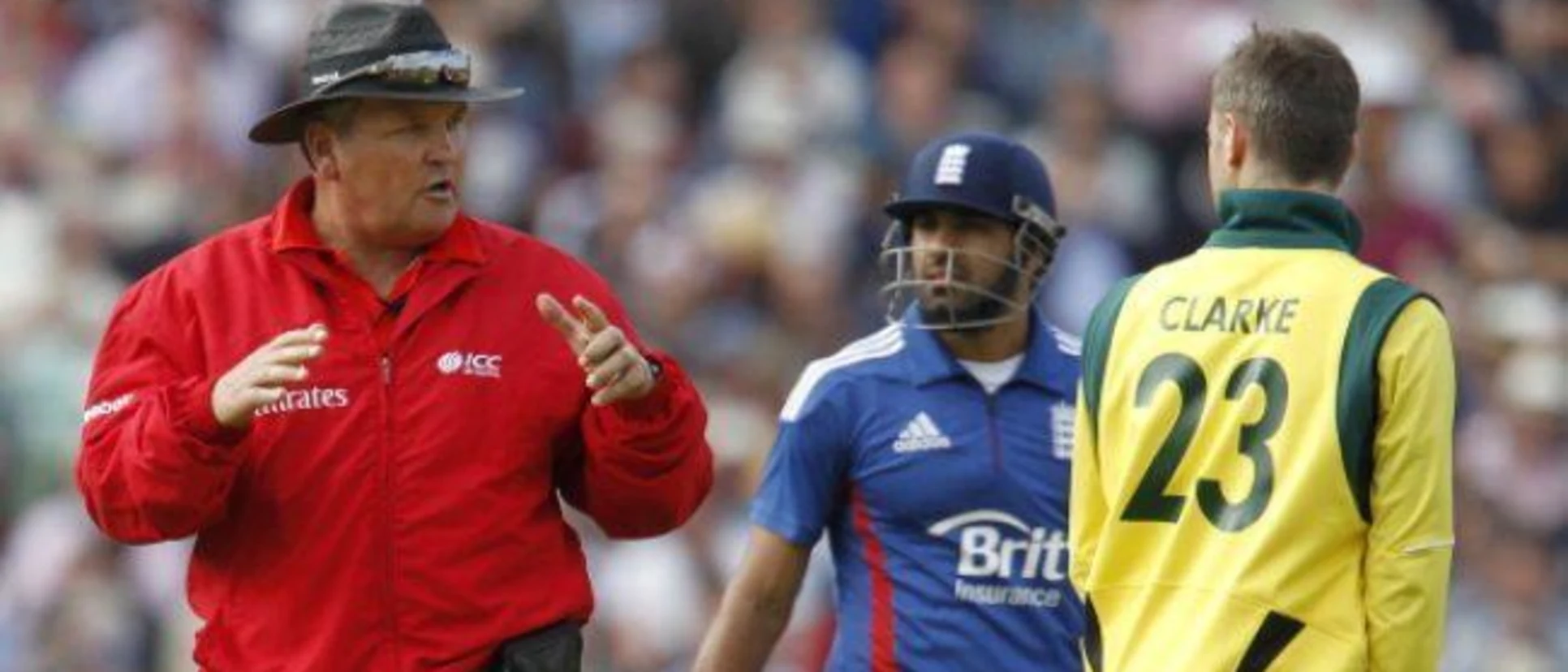The Twenty20 buzz is phenomenal: Marais Erasmus

Marais Erasmus, one of the umpires officiating at the ICC World Twenty20 2012, explained that the format of the game is such that the umpire needs to be all the more attuned to what is happening around them.
“Your awareness needs to be a little sharper and different skills come into the game, so as an umpire you have to be aware that things may happen quicker and that players may play different shots to what they normally do,” he said.
Preparing for a Twenty20 game involves knowing both the laws and the playing styles of the players thoroughly.
“For our own preparation, we need to ensure that we know the competition laws that are applicable and touch up on our normal cricket laws,” said Erasmus. “We had a conference before this tournament to specifically concentrate on everything that is applicable at this tournament.”
Of course, three hours of cricket is certainly easier on the umpires compared to the stamina required for the longer formats of the game. “In this case we just need to anticipate,” said Erasmus. “You have to be fast and you need to react fast.”
And just like the players, the umpires also need to take care of their fitness. “I do quite a bit of running and cycling to build up my fitness levels, but all the guys have got different ways of preparing,” he said. “We all have our own individual fitness programmes.”
The biggest challenge, understandably, is the noise that accompanies a Twenty20 game, but then again, the umpires wouldn’t have it any other way. “It makes it a challenge for the umpires to hear the faint nicks or the inside edges,” said Erasmus. “The buzz is phenomenal so you are up for it, and your adrenalin is pumping. Normally, that is quite enjoyable.”
And more than the men’s tournament, it is the women’s tournament that is a test of the umpire’s skills. “We haven’t seen 40 per cent of these players,” said Erasmus. “But we exchange notes as the tournament carries on, if we are not involved in certain of the games.”
The absence of television replays in the women’s group games requires umpires to be even more on their toes. “Last season, I did quite a few domestic non-televised matches in South Africa, and you suddenly think: ‘this is much harder work!’ You can’t just make the TV sign and send it upstairs. You have to make sure your concentration levels at square leg are very sharp.”
Erasmus believes that the women’s game has come a long way since his involvement in the 2009 edition of the tournament when England, Australia and New Zealand teams were the best teams.
“Now the West Indies has come along, India is a threat, and South Africa is playing well so it seems like the other teams are catching up and putting more pressure on the top sides,” he said.
Erasmus is hopeful that the women’s game will soon scale even greater heights. “I am sure they are going to take the next step and get even better,” he said. “Skills-wise, the ladies are really up there with the men – obviously it is a slower game, not being as strong as the men, but skill-wise they are very good.”